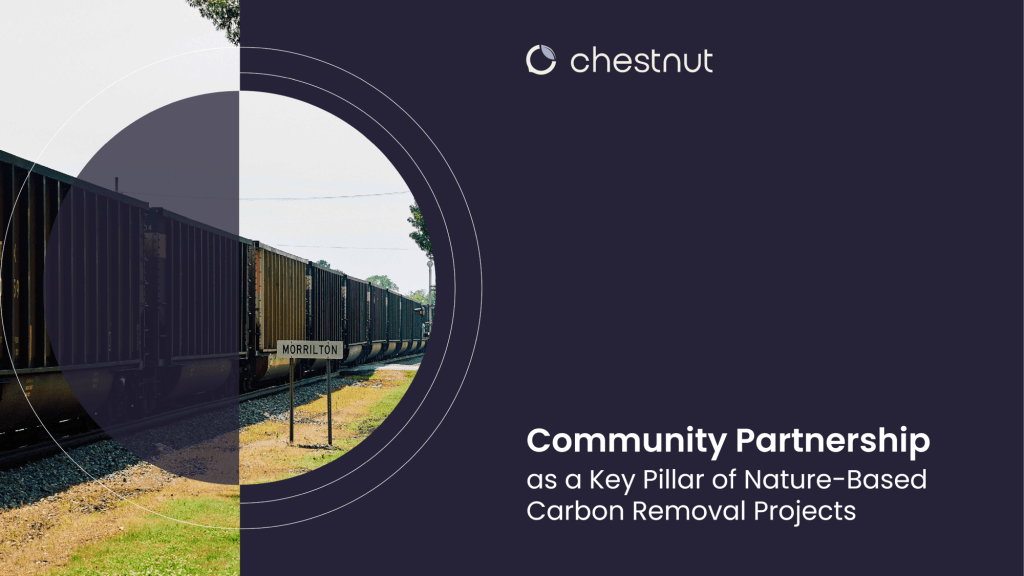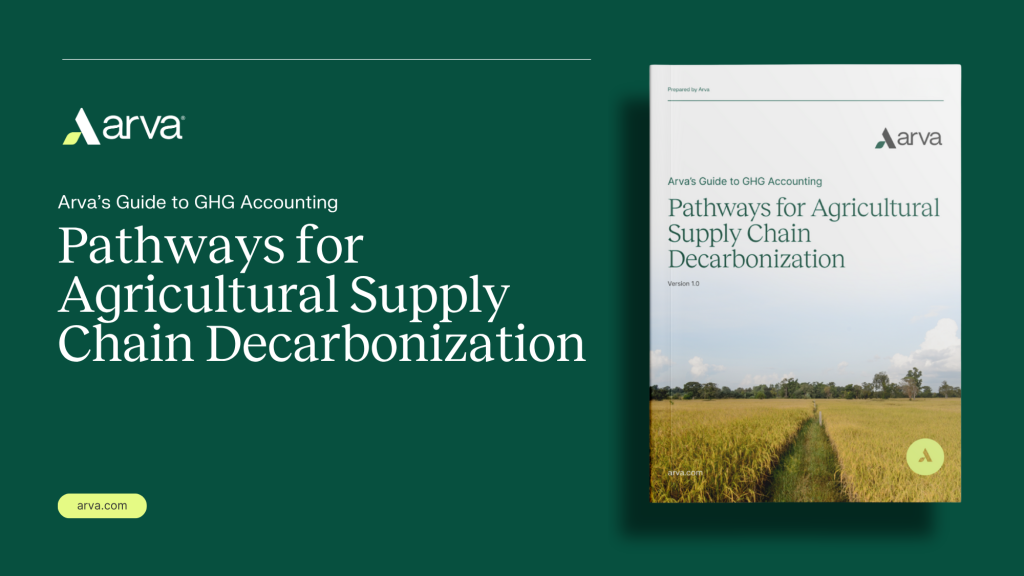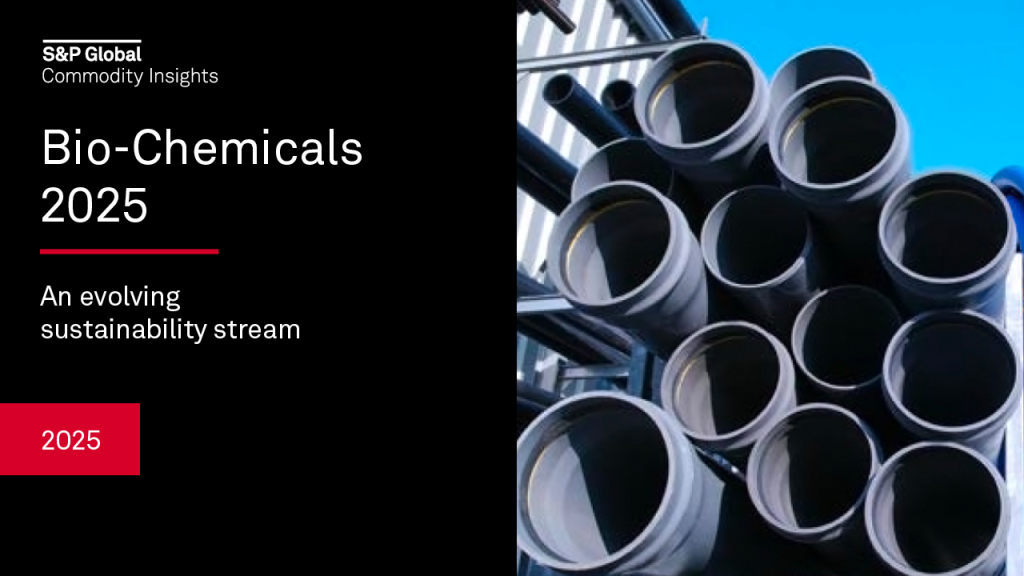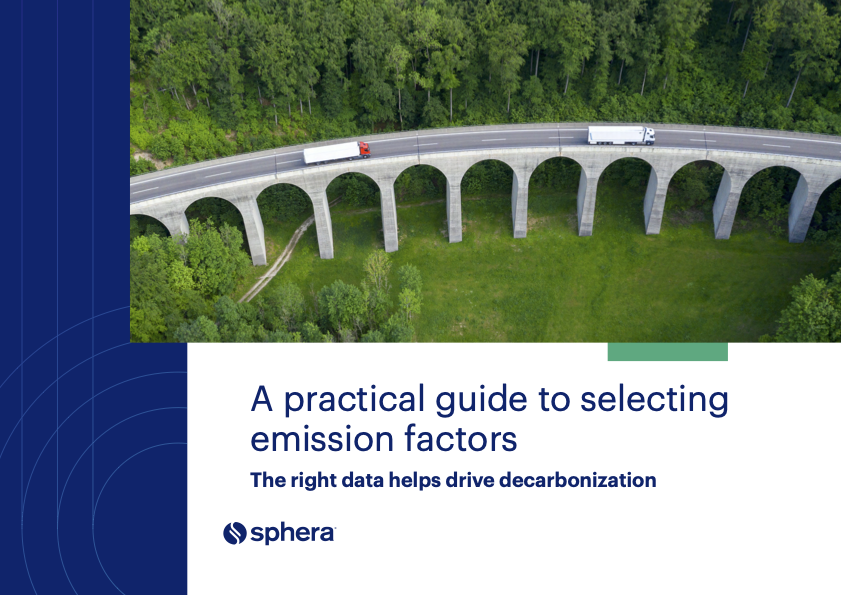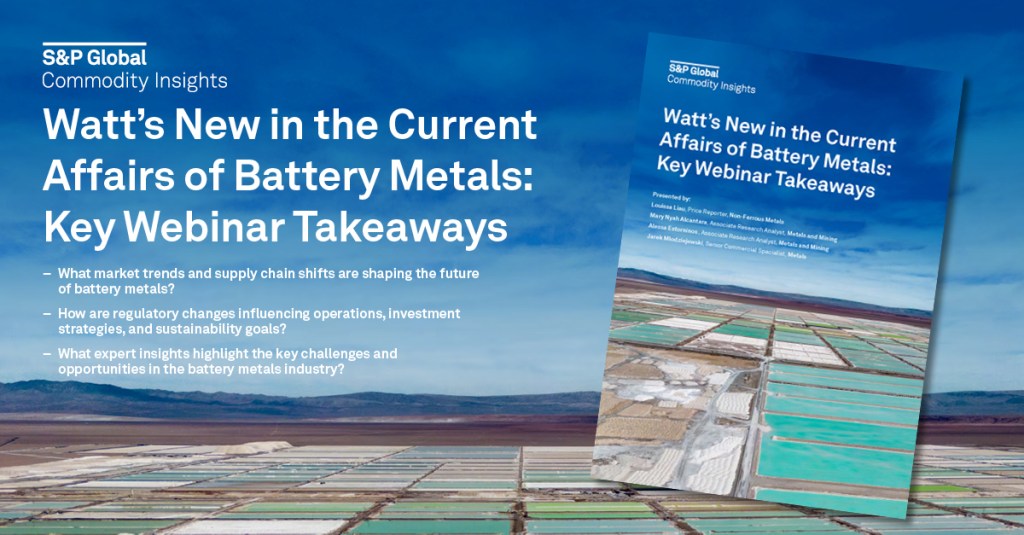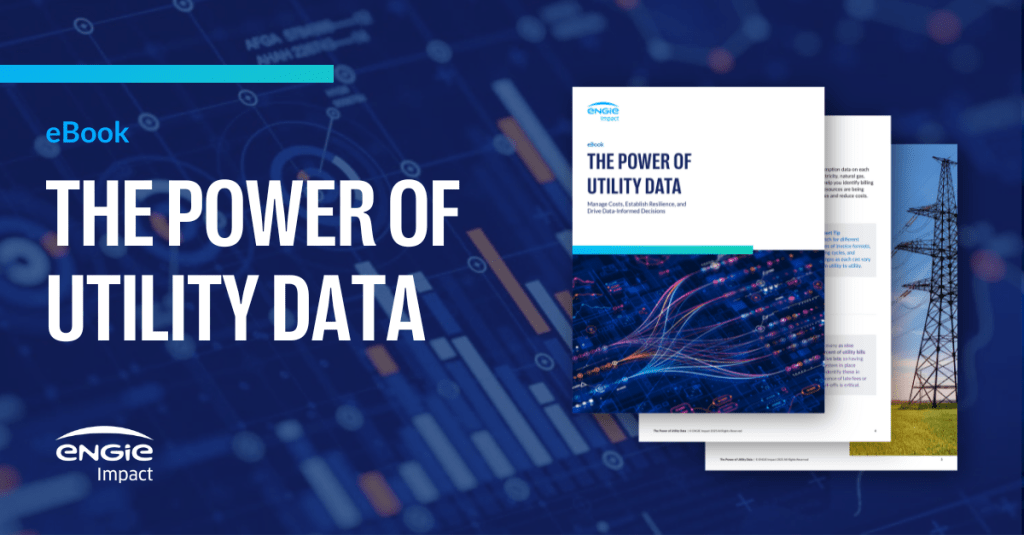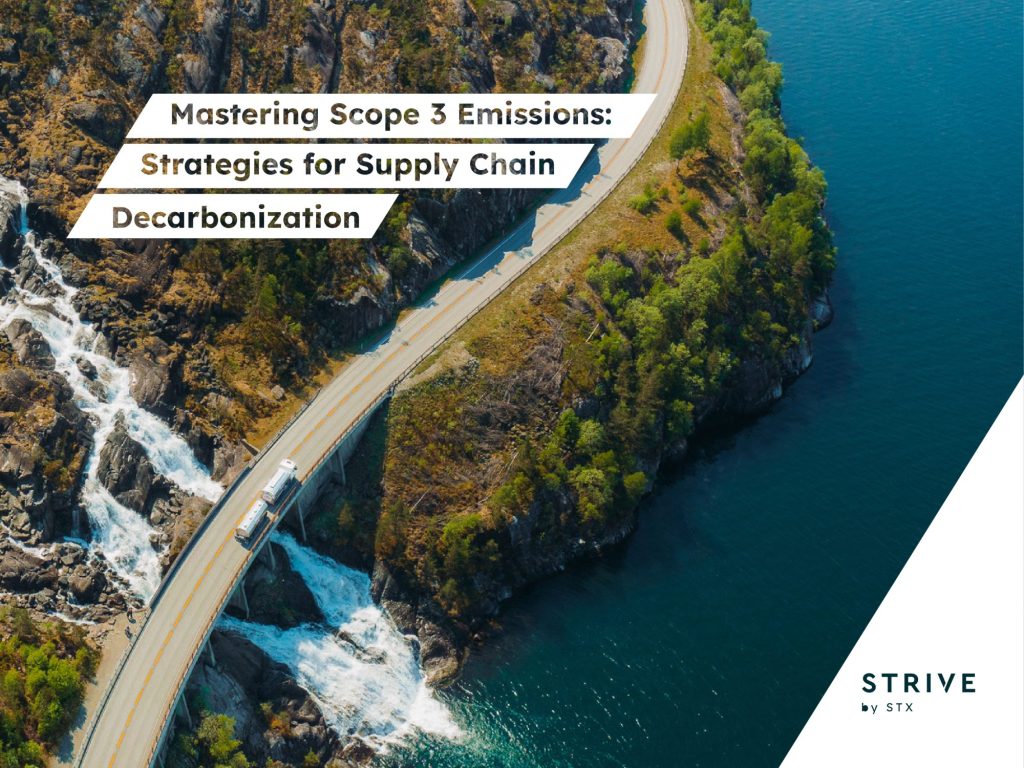How low-quality carbon credits killed a sustainability buzzword
Court cases and media exposés have prompted many companies to abandon “carbon-neutral” claims. New legislation may doom the concept altogether. Read More

-
- Although easy for non-experts to grasp, carbon neutral claims can be obviated by more rigorous approaches and standards.
-
- The term has faded over the past five years, with forthcoming EU legislation set to further limit its use.
-
- Newer claims are based on more robust methodologies, but are harder to communicate to customers.
RIP, carbon-neutral.
Just a decade ago, the term was a byword for climate ambition. Its credibility has since been wrecked by court cases — including a defeat for Apple last week — and negative press coverage. Next year, new European Union regulations threaten to kill it off altogether.
Retiring the language has opened the door for more rigorous approaches to capturing corporate action. But any assessment of the carbon-neutral movement needs to recognize that by ditching the term, companies have also lost a valuable method for communicating sustainability goals.
The rise …
The claim’s appeal lies partly with its simplicity: By measuring and offsetting the emissions associated with a product, or an entire organization, companies can declare one or both to be carbon neutral — a term consumers intuitively understand.
One early user on the product side was the flooring company Interface, which launched a series of carbon-neutral carpet tiles in 2003. A smattering of brands followed, and the concept gained cultural currency as conferences and sporting events made the claim. In 2006, the “New Oxford American Dictionary” named it word of the year.
Meanwhile, an infrastructure for certifying the claim was emerging. In 2010, the Australian government launched a process for businesses to get certified. The Carbon Trust, an influential standard-setter, did the same two years later for products.
Another organization that saw the momentum behind the idea was the non-profit Climate Neutral, which in 2019 launched a label designed to help consumers easily identify carbon-neutral products. “We thought here’s an opportunity, a moment, to harness the consumer recognition,” recalled Austin Whitman, the organization’s co-founder and CEO. “It’s the best hope we have to mobilize consumers.”
By the start of this decade, carbon-neutral claims were attached to everything from sneakers and automotive lubricants to tea, beer and consumer electronics. The list included emission-intensive products, such as flights, and even fossil fuels: In 2019, Shell began offering carbon-neutral shipments of liquified natural gas (LNG).
… and the fall
The logic behind carbon-neutral claims might be simple; their execution is not. Offset quality is one weak point. If offsets fail to deliver promised emissions benefits, the carbon-neutral claim that rests on them is voided.
In the early 2000s, media coverage suggested that was happening all too often. Delta and Credit Suisse were among the companies accused by Bloomberg of using “junk credits” to make carbon-neutral schemes. A report from the non-profit Corporate Accountability added Gucci, Volkswagen, ExxonMobil, Disney, easyJet and Nestlé to the list, while the New Yorker weighed in with an exposé that damaged the reputations of South Pole, a leading offsets provider, and Verra, the most prominent carbon credit registry.
The lawsuits started around the same time, with accusers arguing that unreliable offsets rendered carbon-neutral marketing misleading. One advocacy group — Environmental Action Germany — won cases in its home country against the airline Eurowings, BP, TotalEnergies, meal-kit company HelloFresh, Adidas and, last week, Apple. More recently, class-action suits have been filed in the U.S. against Clif Bar and the tobacco company R.J. Reynolds, which sold carbon-neutral vapes.
Unsurprisingly, many brands have abandoned carbon-neutral marketing. But reputational issues are not the only reason. What constitutes robust ambition on climate has expanded over the past 10 years to include science-based targets, transition action plans, commitments to invest in decarbonization, supplier engagement and other strategies. Most carbon-neutral certifications required additional steps beyond just purchasing offsets, such as committing to emissions targets. Still, the idea at the heart of the claim — getting to neutral via offsets — can feel flimsy in comparison.
In 2023, Climate Neutral rebranded the organization as the Change Climate Project and its certification as the Climate Label. To earn it, companies commit to creating a fund in proportion to their emissions, and to spending it on climate projects. That could include decarbonizing company operations or those of suppliers, as well as purchasing high-quality credits. Whatever the focus, the emissions benefits that follow are not used as offsets.
What’s been lost
There remain no shortage of carbon-neutral claims out there, from carbon-neutral shipping (UPS) to laptops (Acer), packaging (Tetra Pak) and meetings (Hilton). Need some carbon-neutral LNG? Shell still has you covered.
Yet it’s clear the term is fading. And a year from now it will become even rarer, at least in Europe. That’s when new EU regulations will prohibit offsets from being used in carbon-neutral claims, meaning only products with zero lifecycle emissions will qualify.
The shift reflects a more sophisticated and rigorous approach to corporate sustainability, but it’s not without drawbacks. Apple is phasing out the term, for instance, but has cited EU rules as the reason and said the change will make it harder to communicate climate action to consumers.
“People started to understand it,” said Whitman. “And we are now faced with a much more difficult challenge. We have had companies come to us and say, ‘We’re not going to do the Climate Label, because we just don’t think it means anything to individuals.’”
The old labels created what Whitman acknowledges as a “blunt, high-level impression that somebody’s climate impacts are just gone, neutralized. And that’s not what’s happening behind the scenes.” But, he added, “the other side of that coin is that’s why marketers love it — because it’s like, boom, that’s what we did, right?”

